Notice This book is intended as a reference volume only, not as a medical manual. The information given here is designed to help you make informed decisions about your health. It is not intended as a substitute for any treatment that may have been prescribed by your doctor. If you suspect that you have a medical problem, we urge you to seek competent medical help. Mention of specific companies, organizations, or authorities in this book does not imply endorsement by the publisher, nor does mention of specific companies, organizations, or authorities imply that they endorse this book. 2004, 2005 by Arthur Agatston, M.D. 2004, 2005 by Arthur Agatston, M.D.
All rights reserved. No part of this publication may be reproduced or transmitted in any form or by any means, electronic or mechanical, including photocopying, recording, or any other information storage and retrieval system, without the written permission of the publisher. Special thanks to Marie Almon, R.D., our nutritionist, for her dedicated effort to this endeavor. Thanks also to Kathleen Hanuschak, R.D., and JoAnn Brader. Book design by Carol Angstadt eISBN-13: 9781594868665 ebook ISBN-13: 9781594861987 paperback  We inspire and enable people to improve their lives and the world around them
We inspire and enable people to improve their lives and the world around them
For more of our products visit rodalebooks.com
FOREWORD
A good diet is always, to some degree, a work in progress. This is true of the South Beach Diet for two very sound reasons.
First, scientists are always conducting more and better research, and as a result were always learning new facts about how our bodies make use of the food we eat. Given the seriousness of obesity and poor nutrition today, it makes sense that researchers are trying hard to determine what we can do, as individuals and as a society, to maintain our health and our waistlines. We are always working to incorporate the most important new findings into the South Beach Diet. This program is built on a foundation of science, but no one has the time to review scientific literature on a daily basis. So in the end, it all comes down to the question each one of us asks ourselves several times a day: What should I eat? Second, the South Beach Diet has now been adopted by millions of people all over the world. We get huge amounts of feedback every day through the diets Web site, by mail, and by every other means imaginable.
Were constantly talking with people who are doing their best to incorporate the diet into their lifestyles. All that discussion has made us wiser in the ways that people actually put the diet to use. I mention all this to alert you to the fact that we have made several improvements to this guide. The biggest change is in the way we present the information in the charts that make up the main text: We now give more detail than in previous editions. For all the foods listed, you will now find figures giving Total Carbohydrates, Total Sugar, Total Fat and Saturated Fat, and Fiber. And for each food, we offer a recommendation for each phase of the diet.
A more detailed explanation of the new information can be found in . In keeping with the research I mentioned above, weve also modified our views on certain foods like tomatoes, carrots, and low-fat dairy. Whether its a fruit or a vegetable, a tomato tastes great and contains good nutrients, like lycopene, which may help prevent cancer. They are low in fructose and so their glycemic index number (one of the things we take into account when looking at foods) is low, too. These foods are fine to eat in all phases of the diet, even during Phase 1, the strictest phase. Carrots are no longer banned in Phase 2.
Early studies determined that this vegetable had a high glycemic index, which is why we discouraged dieters from eating it. But newer research has changed this view. Also, carrots arent calorie dense, meaning that youd have to eat a huge amount of them in order to raise your blood sugar. Bananas also have benefited from research on the glycemic index and the glycemic load of foods. A medium-size banana has a low glycemic index and a moderate glycemic load, making it an acceptable fruit for Phase 2. Calcium may help control body fat, and recent studies indicate that there is actually a lower risk of obesity among people who eat dairy products regularly.
We advise everyone to stick with low-fat or even non-fat dairy products: 1% or fat-free milk; non-fat yogurt, low-fat or part-skim cheese. We strongly advise dieters to avoid butter, cream, and sour cream. (You should also be careful of what you replace the butter withcheck the ingredients to make sure your vegetable-based spread doesnt contain partially hydrogenated oil. Weve also included more information about important food categories like fast foods and meal replacement bars. In a perfect world, fast food would never make an appearance in our diet; and wed never be so rushed that wed eat a packaged snack bar instead of real food. But we need all the help we can get to eat healthy while living a typical time-stressed contemporary lifestyle, so weve listed the information for those occasions when whole foods are simply not available.
Finally, as Ive discovered via our South Beach Diet Web site, dieters also have good questions that never presented themselves while I was writing the book. So this guide now contains a chapter of Frequently Asked Questions (and their answers) for each of the three phases. Good luck with your efforts to lose weight and get healthy. I hope this guide helps you reach your goals.
YOUR ROAD MAP TO SOUTH BEACH SUCCESS
Welcome! Im glad youve decided to try the South Beach Diet and have taken the first step toward a future filled with health and vitality. The South Beach Diet cant be classified as a low-carb diet, a low-fat diet, or a high-protein diet.
Its rules: Consume the right carbs and the right fats and learn to snack strategically. The South Beach Diet has been so widely successful because people lose weight without experiencing cravings or feeling deprived, or even feeling that theyre on a diet. It allows you to enjoy healthy carbohydrates, rather than the kinds that contribute to weight gain, diabetes, and cardiovascular disease. You can eat a great variety of foods in a great variety of recipes. This prevents repetition and boredom, two obstacles to long-term success. Our goal is that the South Beach Diet becomes a healthy lifestyle, not just a diet.
The purpose of this guide is to help you to accomplish this with ease. Read on for more on the principles of the diet, how to use this Guide, and shopping and dining-out tips.
Good Fats, Bad Fats
Fat is an important part of a healthy diet. Theres more and more evidence that many fats are good for us and actually reduce the risk of heart attack and stroke. They also help our sugar and insulin metabolism and therefore contribute to our goals of long-term weight loss and weight maintenance. And because good fats make foods taste better, they help us enjoy the journey to a healthier lifestyle.
But not all fats are created equalthere are good fats and bad fats. Good fats include monounsaturated fats, found in olive and canola oils, peanuts and other nuts, peanut butter, and avocados. Monounsaturated fats lower total and bad LDL cholesterolwhich accumulates in and clogs artery wallswhile maintaining levels of good HDL cholesterol, which carries cholesterol from artery walls and delivers it to the liver for disposal. Omega-3 fatty acidspolyunsaturated fats found in coldwater fish, canola oil, flaxseeds, walnuts, almonds, and macadamia nutsalso count as good fat. Recent studies have shown that populations that eat more omega-3s, like Eskimos (whose diets are heavy on fish), have fewer serious health problems like heart disease and diabetes. There is evidence that omega-3 oils helps prevent or treat depression, arthritis, asthma, and colitis and help prevent cardiovascular deaths.

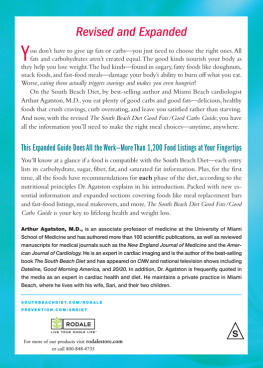
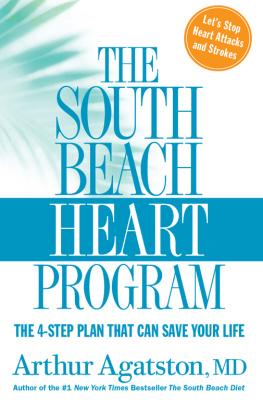

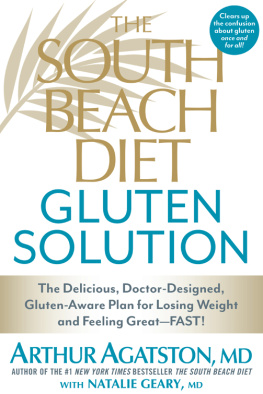
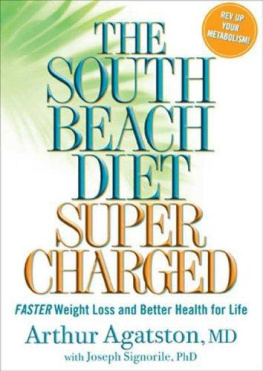
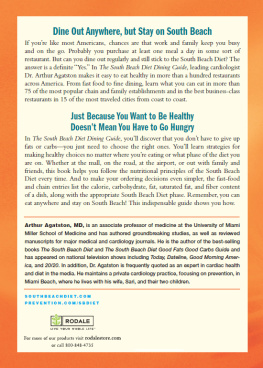

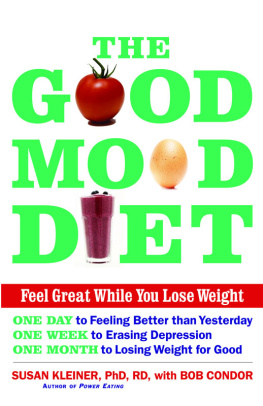

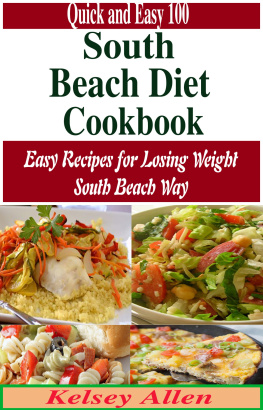
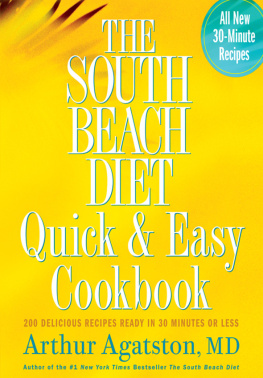
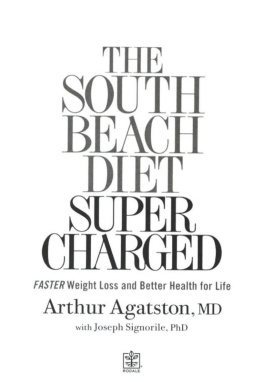
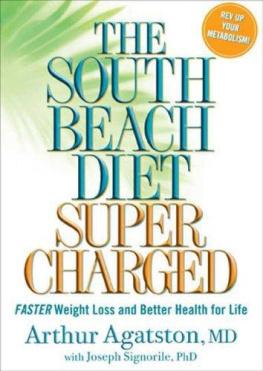


 We inspire and enable people to improve their lives and the world around them
We inspire and enable people to improve their lives and the world around them